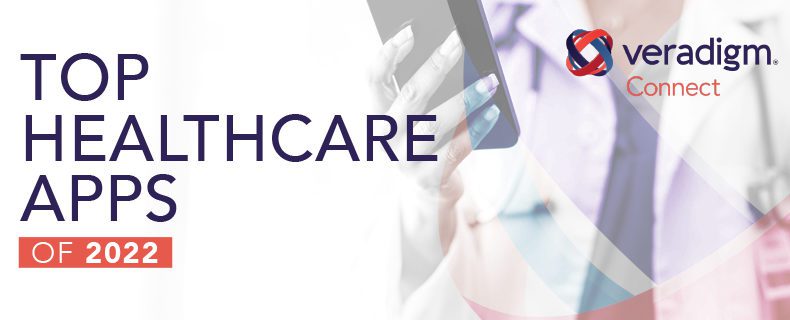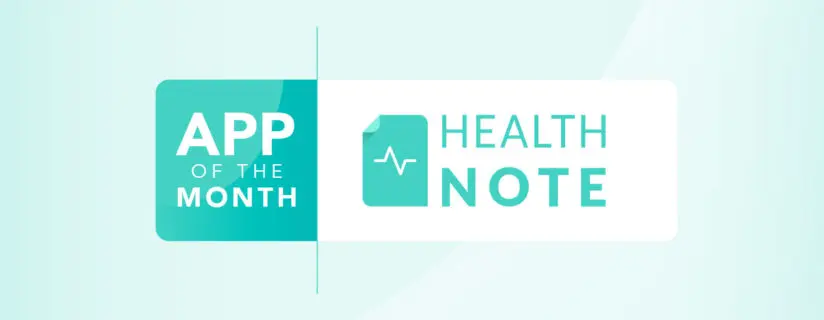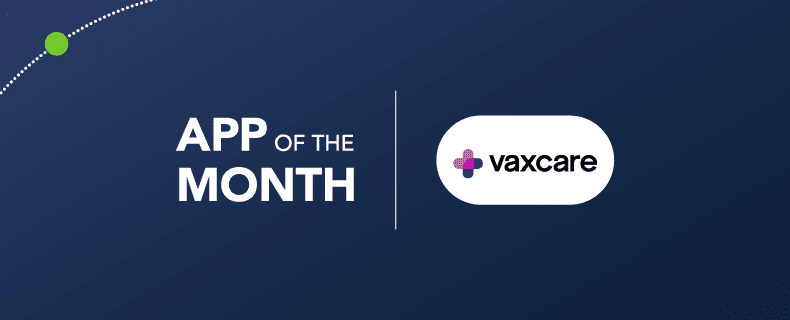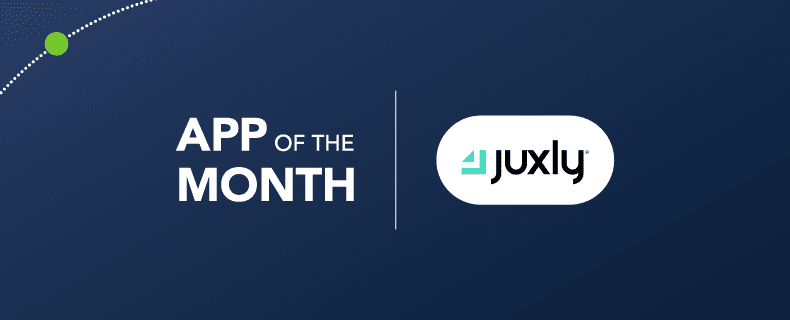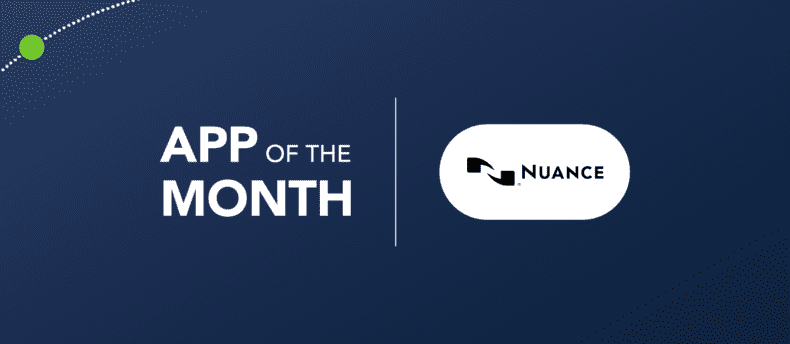Blog Posts
Scheduling controls and data to the rescue
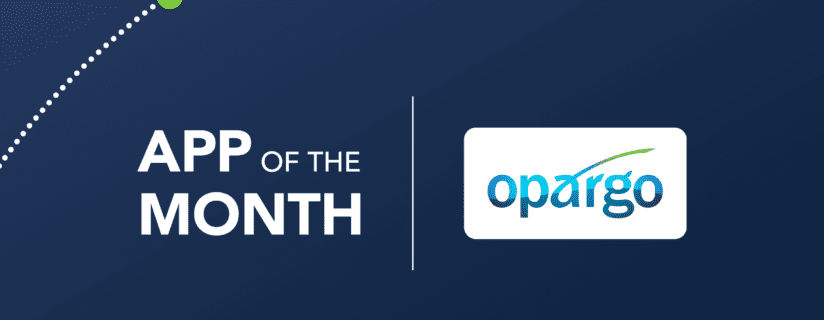

I love when talented people choose to spend their time solving the challenges that they lived through every day when working in a practice. I invited Opargo Vice President of Field Operations Nancy Harvey to share her insights on scheduling challenges she’s faced over the years.
I’ve seen a lot of solutions that promise to make patient scheduling easier, but Opargo is different. Opargo helps you schedule better by using artificial intelligence and machine learning to align the schedule with your preferences and offer you insights and options that enable you to optimize your time. Please read on to learn more about our September App of the Month.
Nancy Harvey: 1998 is the last time that I personally scheduled a patient’s appointment while working in a doctor’s office. We were winging it. The practices I worked in were well-respected and well-run organizations, so the fact that there was almost no structure around scheduling was largely just the norm at the time. We had no written guidelines, just loose real-time direction.
When I say “real-time direction” that basically means being told what we did poorly – after the fact. What’s fascinating is that until the last six years (until Opargo’s conception) the tools that schedulers have had access to are almost exactly the same ones we used in 1998. This has resulted in years of inaccurate and inefficient scheduling causing many patient-care, operational and revenue-related problems.
Patient care
In many practices, schedulers are asked to appoint patients with a first-come first-served methodology. Sure, emergencies get worked in and prioritized, but unless the patient is having a true emergent situation the scheduling staff is just filling the empty slots. This mindset results in patients either waiting too long for care or being forced to seek care elsewhere.
For patients, navigating our healthcare system can be overwhelming. When there are too many barriers to receiving care, some patients just give up and never get help. Eventually their issues escalate and they end up in our local emergency departments. Folks, we can do better.
Operational challenges
When patients are not scheduled properly, the downstream impact is immeasurable. Providers deal with issues that range from days that are too hectic with complex patient visits bumping up against one another, to days that have too much downtime and are underutilized.
Either way, the impact causes provider burnout, decreased quality of patient care and lack of access for patients. If, at the end of the day, our providers feel frustrated because of the lack of value that they brought to their community, we are going to end up with huge issues as an industry. Again, we can do better.
Decreased revenue
Everything that occurs in a medical practice begins during the moment the patient’s visit gets scheduled. The downstream impact runs deep through the organization, affecting patient engagement, clinical workflows and, of course, billing. If a visit is scheduled improperly, the result could be that your organization won’t even be paid at all.
Often times there are rules in place about how frequent an appointment can be scheduled and the schedulers may be forced to utilize inefficient and manual processes. What happens next is likely to be some of that “real-time direction” where the scheduler is admonished for not being able to manage a broken process. I promise this is the last time I will say it–we can do better.
Data to the rescue
The good news is that the Allscripts® Practice Management solution is capturing extremely valuable data that we can learn from, every time you schedule an appointment and subsequently bill for it. For years now, the Opargo team has been analyzing this data to identify trends. These trends can validate struggles that your practice might have had and can be used to better manage patient no-shows and other last-minute schedule changes.
This data can also provide visibility into actual patient demand, which can help providers make decisions about how to structure the flow of their clinic day. A large number of the findings can be used to drive change without any changes in technology. Other findings can lead to vast improvement by utilizing existing technology in a slightly different way and incorporating new tools, like Opargo’s predictive analytics tools.
One way or another, we owe it to our patients and our medical providers to place a greater emphasis on scheduling operations. Now that there are tools available to automate the process and provide accountability across the scheduling organization, it is more possible than ever. I am looking forward to a day that these scheduling inefficiencies are a thing of the past, since it has been 20-plus years in the making.
To learn more, join a webinar on Sept. 30 to learn more about the Opargo solution for Allscripts Practice Management.

